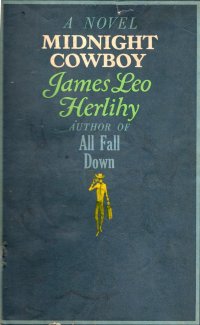 For some reason, I kinda remembered that this book was a gritty look at New York City and the main character was a prostitute who serviced both male and female clients. Actually, I must have read something about the movie somewhere (I mention the film compared to 9 to 5 in 2021, but I’ve never actually seen the film, apparently the only X-rated film to win Best Picture). So when I needed something to slot into the LBGTQ+ Character category of the 2024 Winter Reading Challenge. But it might be a stretch, though, as the main character does not appear to be attracted to men. But I am playing fast and loose with the rules this year, and probably a lot of college papers in the 1970s talked about the latent attraction between two of the male characters, so I’ll go with it.
For some reason, I kinda remembered that this book was a gritty look at New York City and the main character was a prostitute who serviced both male and female clients. Actually, I must have read something about the movie somewhere (I mention the film compared to 9 to 5 in 2021, but I’ve never actually seen the film, apparently the only X-rated film to win Best Picture). So when I needed something to slot into the LBGTQ+ Character category of the 2024 Winter Reading Challenge. But it might be a stretch, though, as the main character does not appear to be attracted to men. But I am playing fast and loose with the rules this year, and probably a lot of college papers in the 1970s talked about the latent attraction between two of the male characters, so I’ll go with it.
At any rate, the book tells in a third-person limited omniscient narrator fashion, the story of Joe Dirt Buck (really), the product of a broken home, rather dumb. Raised by his grandmother rather absently, he loses his virginity, mostly watches television, gets drafted, and becomes rootless when his grandmother dies while he’s in the service stateside. He moves to Houston, takes work, and falls under the sway of a gay hustler who turns him onto weed and tries to have sex with him. Joe is still under the man’s spell, but the man takes him to a whorehouse out in the sticks and then watches as Joe wins over the prostitute purchased for him for the evening, leading to Joe beating the man and then getting raped by the gay bouncer. Joe then decides to go to New York City and become a hustler himself, but he’s dumb and does not know how to go about it. He falls in with a lame grifter, Rico “Ratso” Rizzo, lives with him for a bit, has a couple of hustling “adventures,” and decides, when the weather turns, to do one last job to buy bus tickets to Florida for himself and Rizzo. Which he does, although it involves beating and robbing a john. And on the bus ride there, Rizzo dies. And, finis!
The sex in the book is not given in any great detail, fortunately, but it must have been very grittily depicted to have earned an X rating for the film. I think I will pass on the film.
For the second book in a row, I got a told-to book with great blocks of telling what was happening, and the main character was not particularly likeable. It reminded me a whole lot of The Last Picture Show in that it takes a simple, small-town southwestern man as a protagonist, and it just kind of tells the sad story of a mediocre figure. I can’t believe that the author had affection for the characters, instead trying to write the gritty expose of how life really is, man in the 1960s as imagined by the literate set.
Herlihy was something in the 1960s, apparently. This is the second of his three novels–he was more known as a playwright–and a number of his books and plays were made into successful films. But his success and endurance has proven to be fleeting.



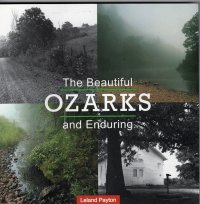 To be honest, gentle reader, this volume does not slot into the
To be honest, gentle reader, this volume does not slot into the  The
The 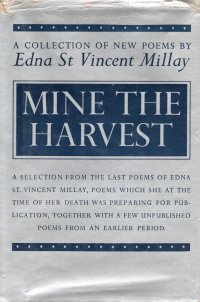 Ah, gentle reader. I was going to lead off by saying “I’ve already read this book,” but
Ah, gentle reader. I was going to lead off by saying “I’ve already read this book,” but 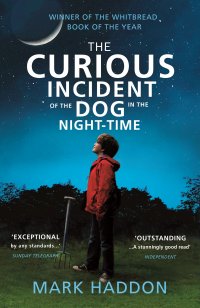 Ah, gentle reader. I am certainly playing fast and loose with the
Ah, gentle reader. I am certainly playing fast and loose with the  Well, gentle reader, when I bought this book
Well, gentle reader, when I bought this book  Ah, gentle reader, of course I did not have to rely on
Ah, gentle reader, of course I did not have to rely on 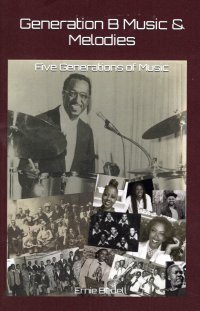 I picked up this book
I picked up this book  The
The 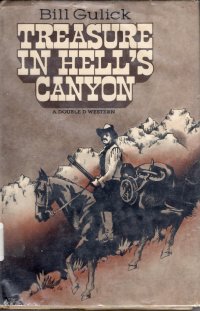 I said when I bought this book
I said when I bought this book 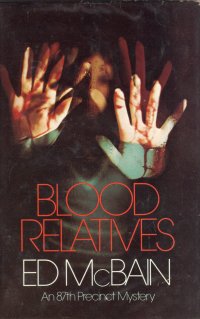 You are not mistaken, gentle reader; I have written a book report on this 87th Precinct novel before (in
You are not mistaken, gentle reader; I have written a book report on this 87th Precinct novel before (in  I bought this book in
I bought this book in 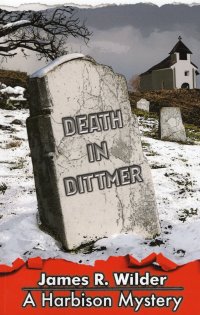 This, of course, was the first book I read for the
This, of course, was the first book I read for the 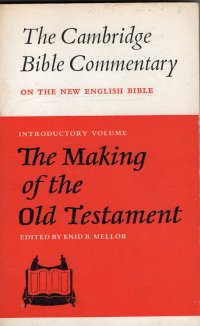 I picked this book up from the free book cart at church; it has the name of our former pastor’s father in it, which probably means that this book has made it through two trips through the seminary before coming to rest on my read shelves. I picked the book up and started reading it before a service where my beautiful wife was early to warm up either her horn or her pipes, and it (the book, not her horn) never landed on my to-read shelves. Although it did take me a while to go through it as it was lost in the car or a bag for a couple of weeks, and later I left it at a different campus of the church after arriving early so my wife could practice with the choir before a cantata, and I stuck it under my chair (the newer campus does not have pews) and forgot it after the cantata. So that’s a nice story. Have you noticed I’ve stopped stuttering?
I picked this book up from the free book cart at church; it has the name of our former pastor’s father in it, which probably means that this book has made it through two trips through the seminary before coming to rest on my read shelves. I picked the book up and started reading it before a service where my beautiful wife was early to warm up either her horn or her pipes, and it (the book, not her horn) never landed on my to-read shelves. Although it did take me a while to go through it as it was lost in the car or a bag for a couple of weeks, and later I left it at a different campus of the church after arriving early so my wife could practice with the choir before a cantata, and I stuck it under my chair (the newer campus does not have pews) and forgot it after the cantata. So that’s a nice story. Have you noticed I’ve stopped stuttering? I picked up this book in Wisconsin
I picked up this book in Wisconsin 
 I got this book at ABC Books at the first (I think) of the writers’ group group signings I went to in
I got this book at ABC Books at the first (I think) of the writers’ group group signings I went to in 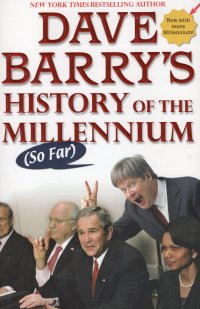 As you know, gentle reader, the year is winding down, and I tend to cut my annual reading list off the week after Christmas sometime. So I thought that this book, which I purchased
As you know, gentle reader, the year is winding down, and I tend to cut my annual reading list off the week after Christmas sometime. So I thought that this book, which I purchased  I picked this book up right after
I picked this book up right after